Home>Gardening & Outdoor>Landscaping Ideas>How To Thin Out Grass
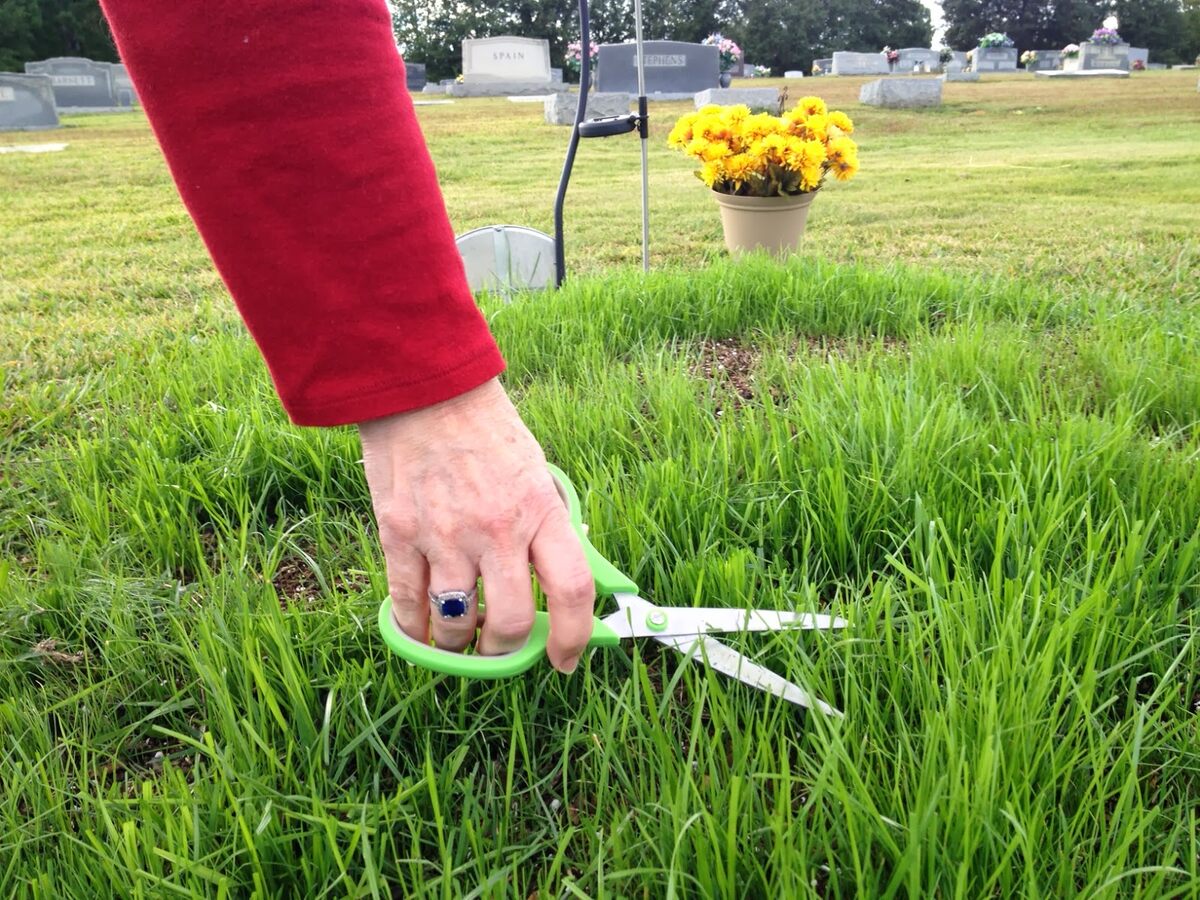

Landscaping Ideas
How To Thin Out Grass
Modified: August 28, 2024
Learn effective landscaping ideas with our guide on how to thin out grass. Transform your lawn with our expert tips and techniques. Achieve a lush and healthy yard today!
(Many of the links in this article redirect to a specific reviewed product. Your purchase of these products through affiliate links helps to generate commission for Storables.com, at no extra cost. Learn more)
**
Introduction
**
When it comes to maintaining a lush and vibrant lawn, thinning out grass is a crucial task that often goes overlooked. While the idea of intentionally removing grass may seem counterintuitive, it is a necessary practice to promote the overall health and aesthetics of your lawn. By strategically thinning out the grass, you can create an environment that fosters better air circulation, sunlight exposure, and nutrient absorption for the remaining grass, resulting in a more robust and visually appealing lawn.
Thinning out grass involves selectively removing certain grass plants to create space and reduce competition for essential resources such as water, sunlight, and nutrients. This process not only benefits the grass but also contributes to a more uniform and attractive lawn appearance.
In this comprehensive guide, we will delve into the significance of thinning out grass, the ideal timing for this task, the essential tools and materials you will need, and the step-by-step process to effectively thin out your grass. Additionally, we will explore valuable tips for maintaining a healthy lawn after thinning out the grass, ensuring that your outdoor space remains a source of pride and beauty. Whether you are a seasoned lawn care enthusiast or a novice homeowner looking to elevate your landscaping efforts, this guide will equip you with the knowledge and confidence to enhance the vitality of your lawn through proper grass thinning techniques.
Key Takeaways:
- Thinning out grass promotes a healthier lawn by improving air circulation, sunlight exposure, and nutrient absorption, resulting in a more robust and visually appealing landscape.
- Timing, tools, and maintenance are key to successful grass thinning, ensuring a thriving and resilient lawn that enhances the beauty and enjoyment of your outdoor space.
Read more: What Causes Grass To Thin Out
Why Thin Out Grass
Thinning out grass serves as a proactive approach to nurturing a thriving and visually appealing lawn. By understanding the underlying reasons for this practice, you can appreciate its role in sustaining the overall health and vitality of your grassy landscape.
First and foremost, thinning out grass facilitates improved air circulation within the lawn. Over time, grass can become densely packed, hindering the flow of air to the soil and the lower portions of the grass blades. This restricted airflow creates an environment conducive to moisture retention, which can lead to the development of fungal diseases and other detrimental conditions. By thinning out the grass, you create space for air to circulate more freely, reducing the risk of moisture-related issues and promoting a healthier lawn ecosystem.
Furthermore, thinning out grass allows for better sunlight penetration and distribution. In densely populated grass areas, some plants may overshadow others, depriving them of adequate sunlight. This can result in uneven growth patterns and the weakening of shaded grass. By selectively thinning out the grass, you can optimize sunlight exposure for the remaining plants, fostering more uniform and robust growth throughout your lawn.
Additionally, thinning out grass helps mitigate competition for essential resources such as water, nutrients, and space. When grass plants are overcrowded, they must compete for access to these vital elements, which can lead to stunted growth and diminished overall health. By creating space through thinning, you provide the remaining grass with the opportunity to thrive without being encumbered by excessive competition, ultimately contributing to a more resilient and vibrant lawn.
Moreover, thinning out grass plays a pivotal role in enhancing the aesthetic appeal of your lawn. By promoting a more uniform and balanced grass density, you can achieve a visually pleasing and well-manicured look. This can elevate the overall attractiveness of your outdoor space, creating a welcoming environment for relaxation, recreation, and social gatherings.
Ultimately, the decision to thin out grass is rooted in the desire to optimize the health, appearance, and longevity of your lawn. By recognizing the multifaceted benefits of this practice, you can approach grass thinning as a proactive and integral aspect of comprehensive lawn care, reaping the rewards of a lush, resilient, and captivating landscape.
When to Thin Out Grass
Timing is crucial when it comes to thinning out grass, as it directly impacts the effectiveness of the process and the subsequent health of your lawn. The ideal time for grass thinning is influenced by various factors, including the type of grass, local climate, and the specific needs of your lawn. By understanding the optimal timing for this task, you can maximize its benefits and set the stage for a thriving and resilient grassy expanse.
Spring and early summer are generally considered prime seasons for thinning out grass in many regions. During this period, grass experiences vigorous growth, and the weather conditions are conducive to recovery and regrowth after thinning. By thinning out the grass in spring, you provide the remaining plants with ample time to fill in the spaces and establish robust growth before the onset of harsh summer conditions.
It is important to consider the specific growth patterns of your grass type when determining the timing for thinning. Cool-season grasses, such as Kentucky bluegrass and fescue, typically benefit from thinning in early spring, while warm-season grasses like Bermuda grass and zoysia grass may be thinned in late spring to early summer, as they enter their peak growth phase.
Furthermore, the condition of your lawn should inform your decision regarding the timing of grass thinning. If you notice areas of excessive thatch, compacted soil, or uneven growth, these may serve as indicators that thinning is warranted. Additionally, if your lawn has undergone significant stress, such as prolonged drought or heavy foot traffic, thinning out the grass can help revitalize the turf and promote recovery.
It is essential to assess the overall health and vigor of your grass before embarking on the thinning process. If your lawn is showing signs of stress, disease, or nutrient deficiencies, addressing these issues prior to thinning can optimize the results and promote a more resilient and attractive lawn.
Ultimately, the decision to thin out grass should be guided by a combination of seasonal considerations, grass type, and the specific needs of your lawn. By strategically timing this practice, you can harness its full potential to create a vibrant, well-balanced, and healthy grassy landscape that enhances the beauty and enjoyment of your outdoor environment.
Tools and Materials Needed
Thinning out grass requires a selection of tools and materials to facilitate the process effectively and efficiently. By ensuring that you have the necessary equipment at your disposal, you can streamline the thinning process and achieve optimal results while maintaining the health and integrity of your lawn.
Tools:
- Lawn Mower: A quality lawn mower equipped with a bagging attachment or a mulching capability is essential for trimming the grass to the desired height before thinning.
- Garden Rake: A sturdy garden rake is instrumental in removing thatch, loosening the soil, and preparing the grass for thinning.
- Hand Trowel or Garden Knife: These handheld tools are useful for carefully removing individual grass plants or small clusters during the thinning process.
- Pruning Shears: Sharp pruning shears enable precise trimming and selective thinning of grass in targeted areas of the lawn.
- Wheelbarrow or Garden Cart: A wheelbarrow or garden cart can be utilized to transport removed grass clippings, thatch, and other debris from the lawn, maintaining a tidy work environment.
Read more: How Thick Is Thin Brick
Materials:
- Compost or Mulch: Utilizing compost or mulch to amend the soil and cover exposed areas after thinning can enhance the fertility and moisture retention of the lawn while promoting the decomposition of organic matter.
- Grass Seed: In areas where thinning results in noticeable gaps or sparse coverage, grass seed can be applied to encourage new growth and fill in the spaces, contributing to a denser and more uniform lawn.
- Organic Fertilizer: Applying an organic fertilizer after thinning can replenish essential nutrients in the soil and support the recovery and vigor of the remaining grass plants.
- Water: Adequate water supply is crucial for the post-thinning phase to promote the establishment of the remaining grass and aid in the recovery process.
By assembling these tools and materials, you can embark on the grass thinning process with confidence, knowing that you have the necessary resources to execute the task effectively while nurturing the overall well-being and resilience of your lawn.
Steps for Thinning Out Grass
Thinning out grass is a systematic process that requires careful planning and execution to achieve optimal results. By following a series of strategic steps, you can effectively thin out your grass while promoting its health, vigor, and aesthetic appeal. The following guidelines outline the essential steps for conducting a successful grass thinning operation:
Step 1: Assess the Lawn
Survey the entire lawn to identify areas of dense or overgrown grass, as well as spots exhibiting signs of stress, compaction, or thatch buildup. This assessment will guide your focus during the thinning process and help prioritize areas in need of attention.
Step 2: Mow the Lawn
Before initiating the thinning process, mow the lawn to an appropriate height, ensuring that the grass is uniformly trimmed and the clippings are collected or mulched. This step prepares the grass for thinning and creates a clean canvas for the subsequent tasks.
Read more: How To Grout Thin Brick
Step 3: Remove Thatch and Debris
Use a garden rake to gently dethatch the lawn, removing accumulated debris, dead grass, and organic matter that may impede the thinning process. Loosen the soil surface to facilitate better air and water penetration, setting the stage for successful grass thinning.
Step 4: Selectively Thin the Grass
With a hand trowel, garden knife, or pruning shears, carefully identify and remove excess grass plants or clusters in targeted areas, creating space and promoting a more balanced and open grass density. Exercise caution to avoid damaging the surrounding grass and maintain a deliberate and selective approach to thinning.
Step 5: Amend the Soil and Apply Seed (if needed)
After thinning, consider amending the soil with compost or mulch to enhance its fertility and structure. If noticeable gaps or sparse areas result from thinning, apply grass seed to promote new growth and fill in the spaces, fostering a denser and more uniform lawn surface.
Step 6: Apply Organic Fertilizer and Water
Following the thinning and soil amendment, apply an organic fertilizer to replenish essential nutrients and support the recovery of the remaining grass plants. Ensure adequate watering to facilitate the establishment and growth of the thinned and existing grass, promoting a healthy and resilient lawn.
By methodically following these steps, you can effectively thin out your grass, creating an environment that fosters improved air circulation, sunlight exposure, and nutrient absorption for the remaining grass. This approach promotes a more robust and visually appealing lawn while contributing to its long-term health and vitality.
Read more: How To Install Thin Brick
Tips for Maintaining a Healthy Lawn After Thinning Out Grass
After successfully thinning out your grass, it is essential to implement ongoing maintenance practices to ensure the continued health, vigor, and beauty of your lawn. By incorporating the following tips into your lawn care routine, you can support the recovery of the grass, prevent future overgrowth, and cultivate a resilient and visually stunning outdoor landscape.
Monitor and Adjust Watering
Pay close attention to the moisture levels in your lawn, adjusting your watering schedule as needed to support the recovery of the thinned grass and promote even growth. Aim to water deeply and infrequently, encouraging the development of strong and deep root systems while minimizing the risk of shallow root growth and moisture-related issues.
Implement Proper Mowing Techniques
Adopt a consistent and appropriate mowing height for your grass type, avoiding the temptation to cut the grass too short, which can stress the plants and impede their recovery. Regular mowing at the correct height encourages healthy growth and helps maintain the desired density and appearance of the lawn.
Address Soil Compaction
Periodically aerate the soil to alleviate compaction and improve air and water penetration, fostering a conducive environment for the remaining grass to thrive. Aeration reduces surface runoff, enhances nutrient uptake, and promotes overall soil health, contributing to a resilient and vibrant lawn.
Read more: How To Even Out Grass
Overseed as Needed
If thinning has resulted in noticeable gaps or sparse areas in the lawn, consider overseeding with an appropriate grass seed blend to encourage new growth and fill in the spaces. This practice contributes to a denser and more uniform lawn, enhancing its aesthetic appeal and resilience.
Regularly Inspect for Pests and Diseases
Keep a vigilant eye on your lawn for signs of pests, diseases, or weed encroachment, addressing any issues promptly to prevent them from compromising the health and appearance of the grass. Timely intervention and targeted treatments can help maintain a pest-free and disease-resistant lawn.
Opt for Organic Lawn Care Products
Consider using organic fertilizers, soil amendments, and pest control products to nurture your lawn without introducing harmful chemicals or synthetic additives. Organic lawn care promotes long-term soil health, supports beneficial microbial activity, and contributes to a sustainable and eco-friendly lawn management approach.
By incorporating these tips into your post-thinning lawn care regimen, you can foster the ongoing health and vitality of your grass, ensuring that it remains resilient, visually appealing, and a source of pride for your outdoor space. With consistent and attentive maintenance, your lawn will continue to thrive and provide a welcoming and vibrant backdrop for your outdoor activities and leisure.
Conclusion
Thinning out grass is a fundamental practice that empowers you to cultivate a lush, resilient, and visually captivating lawn. By strategically creating space and balance within the grassy expanse, you enhance the overall health, vigor, and aesthetic appeal of your outdoor landscape. Through the deliberate removal of excess grass plants, you pave the way for improved air circulation, sunlight exposure, and nutrient absorption, creating an environment where your lawn can flourish and thrive.
As you embark on the journey of thinning out your grass, remember the multifaceted benefits of this practice. From mitigating competition for essential resources to fostering a more uniform and attractive lawn appearance, the impact of grass thinning extends far beyond mere aesthetics. It is a proactive and integral component of comprehensive lawn care, contributing to the longevity and vitality of your outdoor space.
Armed with the knowledge of when and how to thin out your grass, along with the essential tools, materials, and techniques, you are equipped to embark on this transformative process with confidence. By following the systematic steps outlined in this guide, you can navigate the thinning process effectively, nurturing your lawn and setting the stage for a flourishing and resilient grassy landscape.
As you proceed with the post-thinning maintenance, integrating best practices such as proper watering, mowing, and oversight of soil health, you further solidify the foundation for a healthy and vibrant lawn. By staying attuned to the evolving needs of your grass and implementing sustainable and eco-friendly lawn care approaches, you can ensure that your outdoor space remains a source of beauty, relaxation, and enjoyment for years to come.
Ultimately, the journey of thinning out grass is a testament to your commitment to nurturing and preserving the natural splendor of your lawn. With each deliberate action, from selective thinning to attentive maintenance, you contribute to the creation of an outdoor sanctuary that enriches your daily life and provides a welcoming haven for all who encounter it.
Embrace the art and science of grass thinning as a transformative and rewarding endeavor, and savor the enduring beauty and vitality it bestows upon your cherished outdoor haven.
Frequently Asked Questions about How To Thin Out Grass
Was this page helpful?
At Storables.com, we guarantee accurate and reliable information. Our content, validated by Expert Board Contributors, is crafted following stringent Editorial Policies. We're committed to providing you with well-researched, expert-backed insights for all your informational needs.
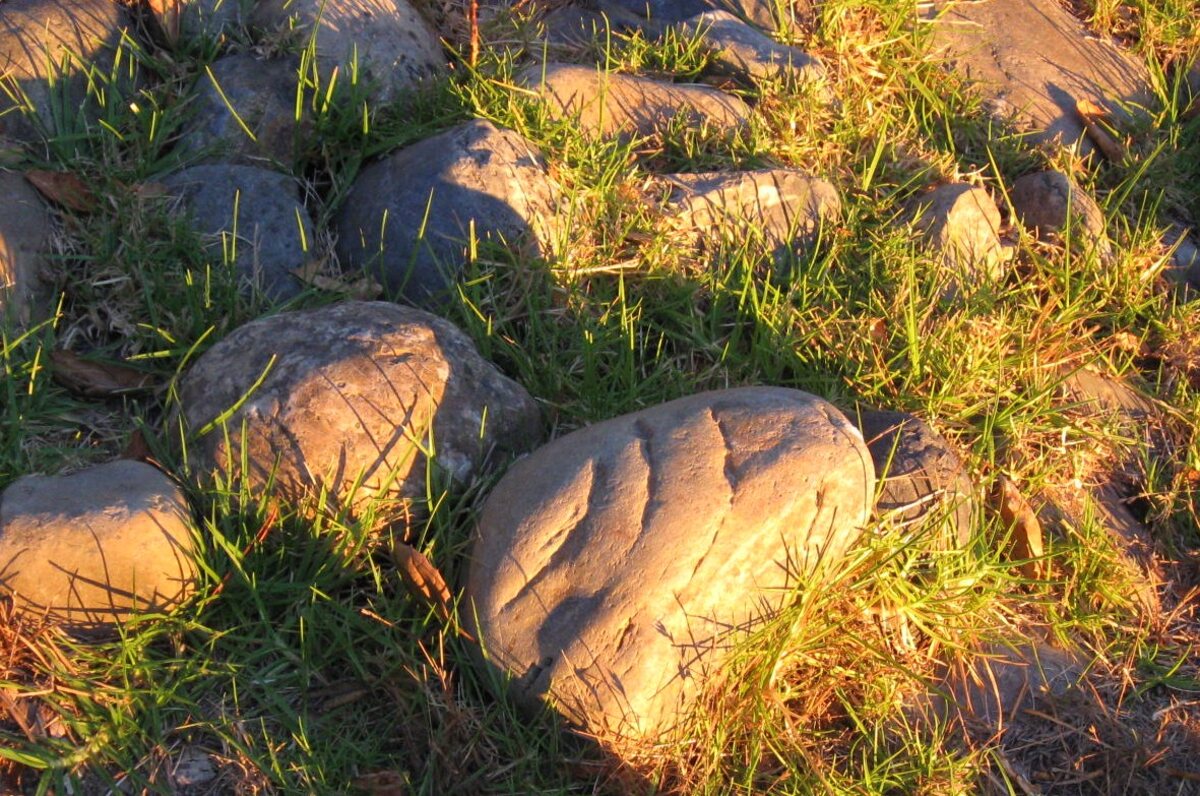
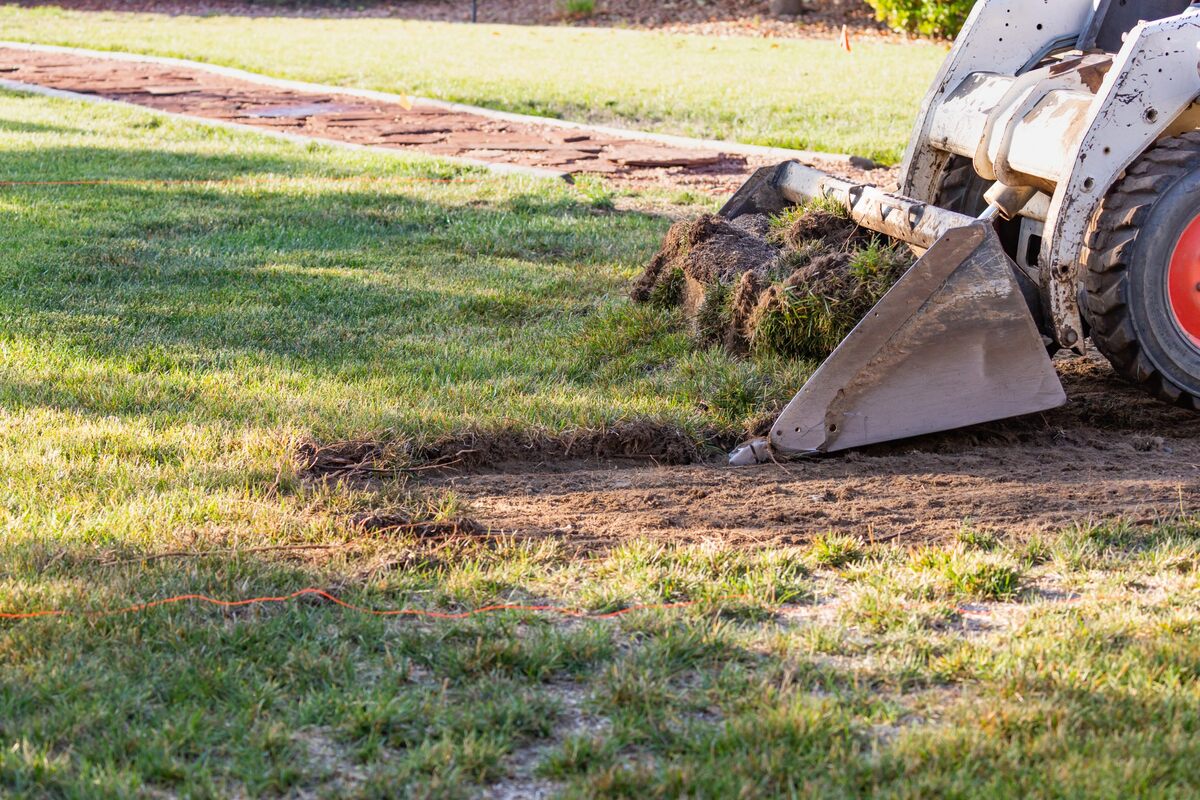
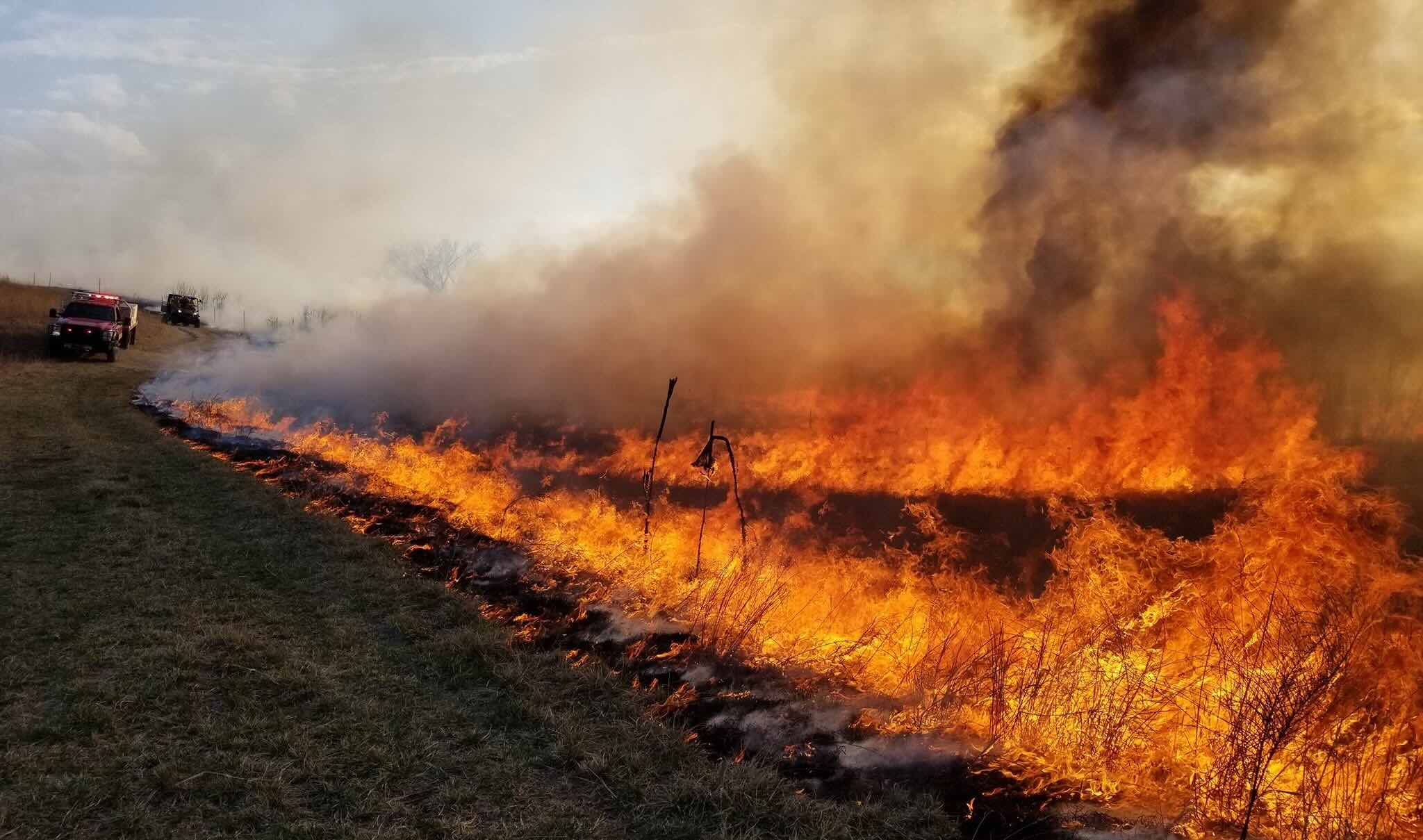

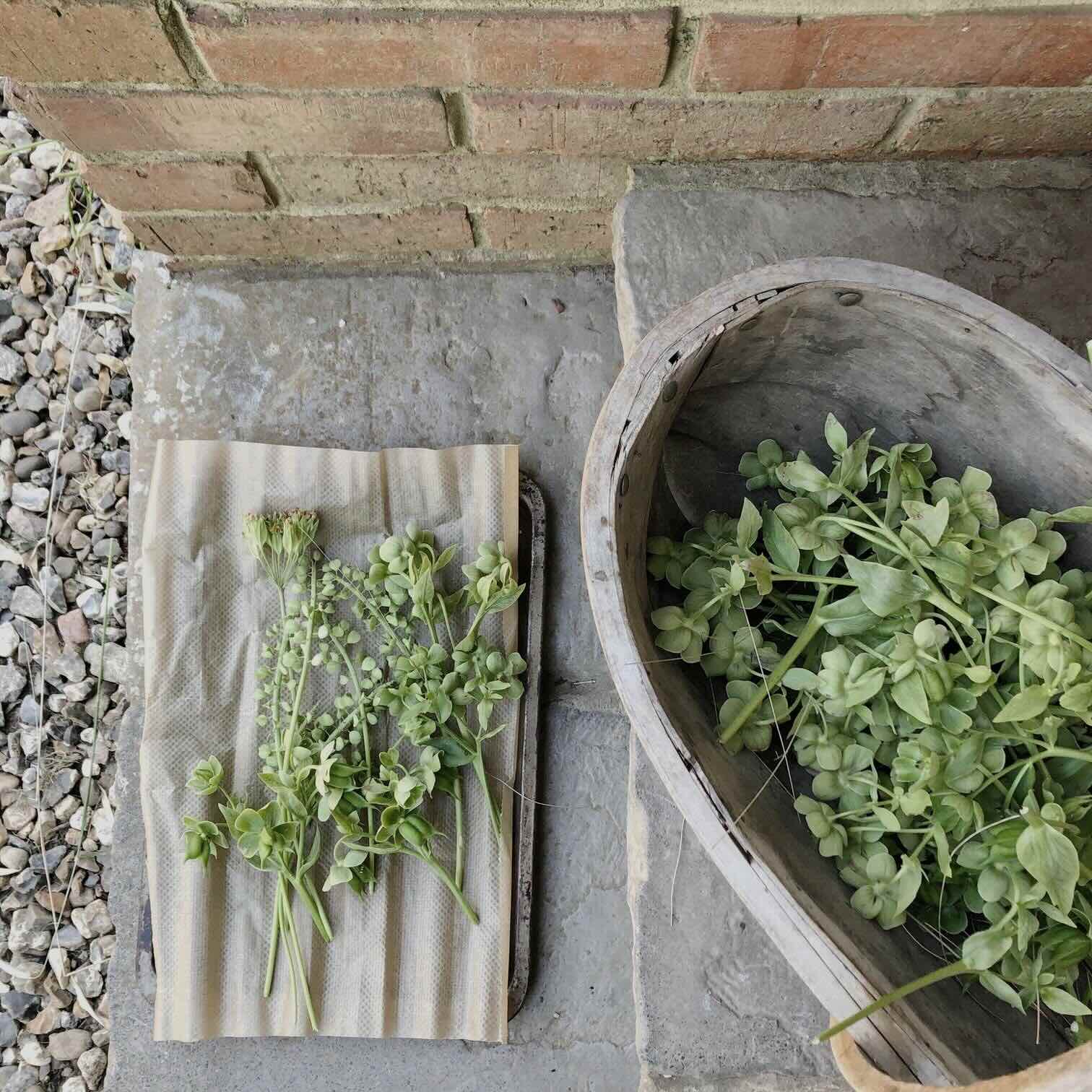

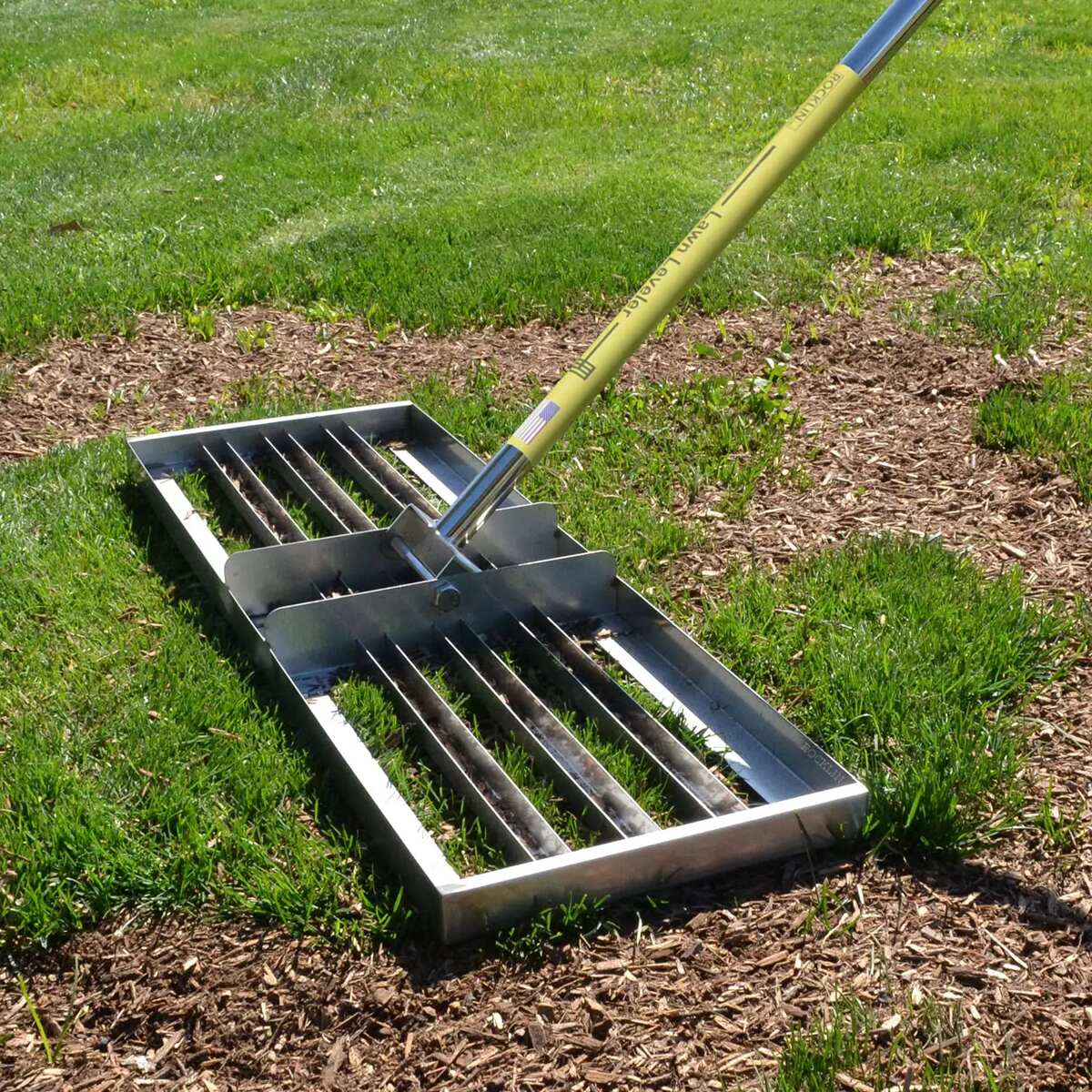
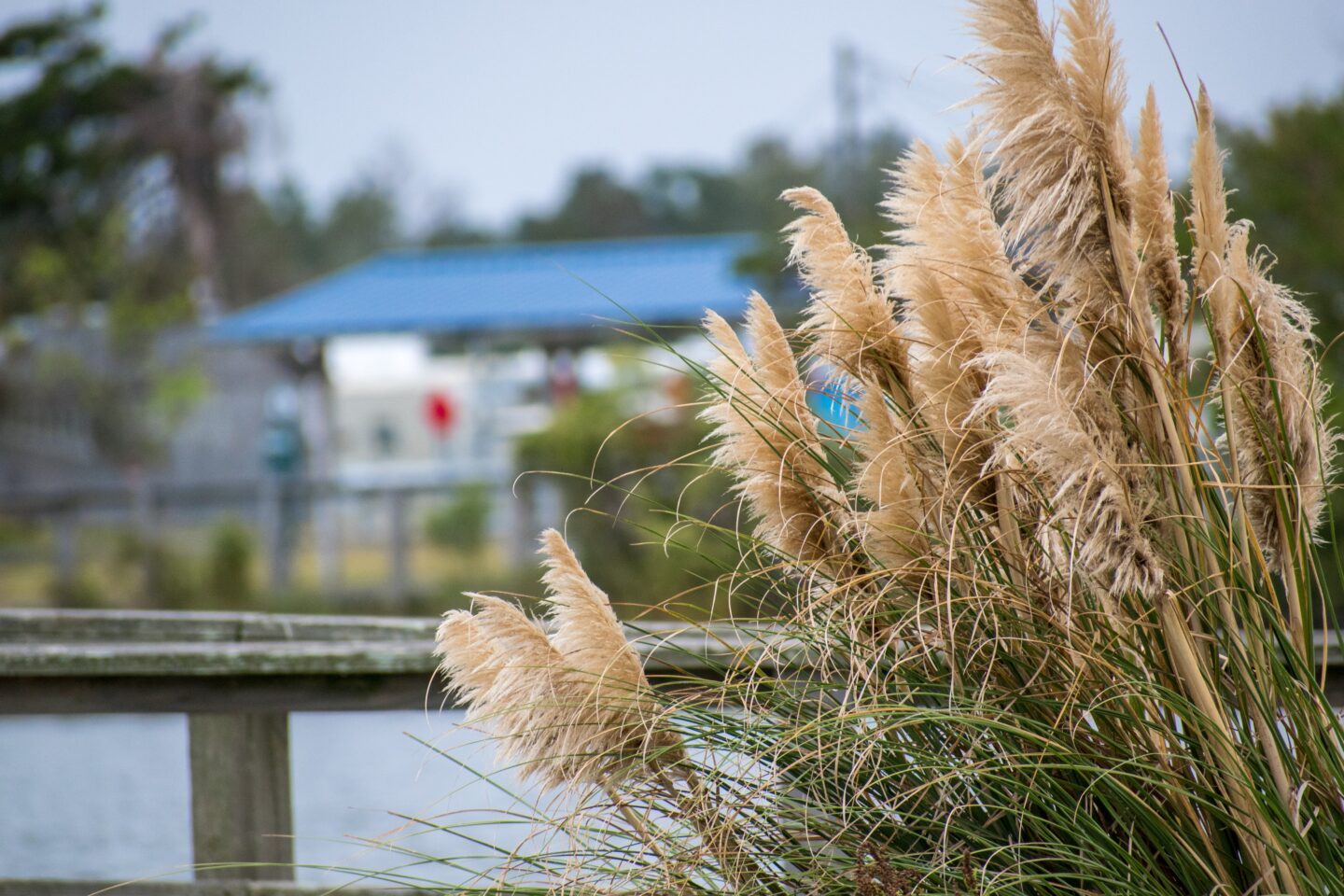
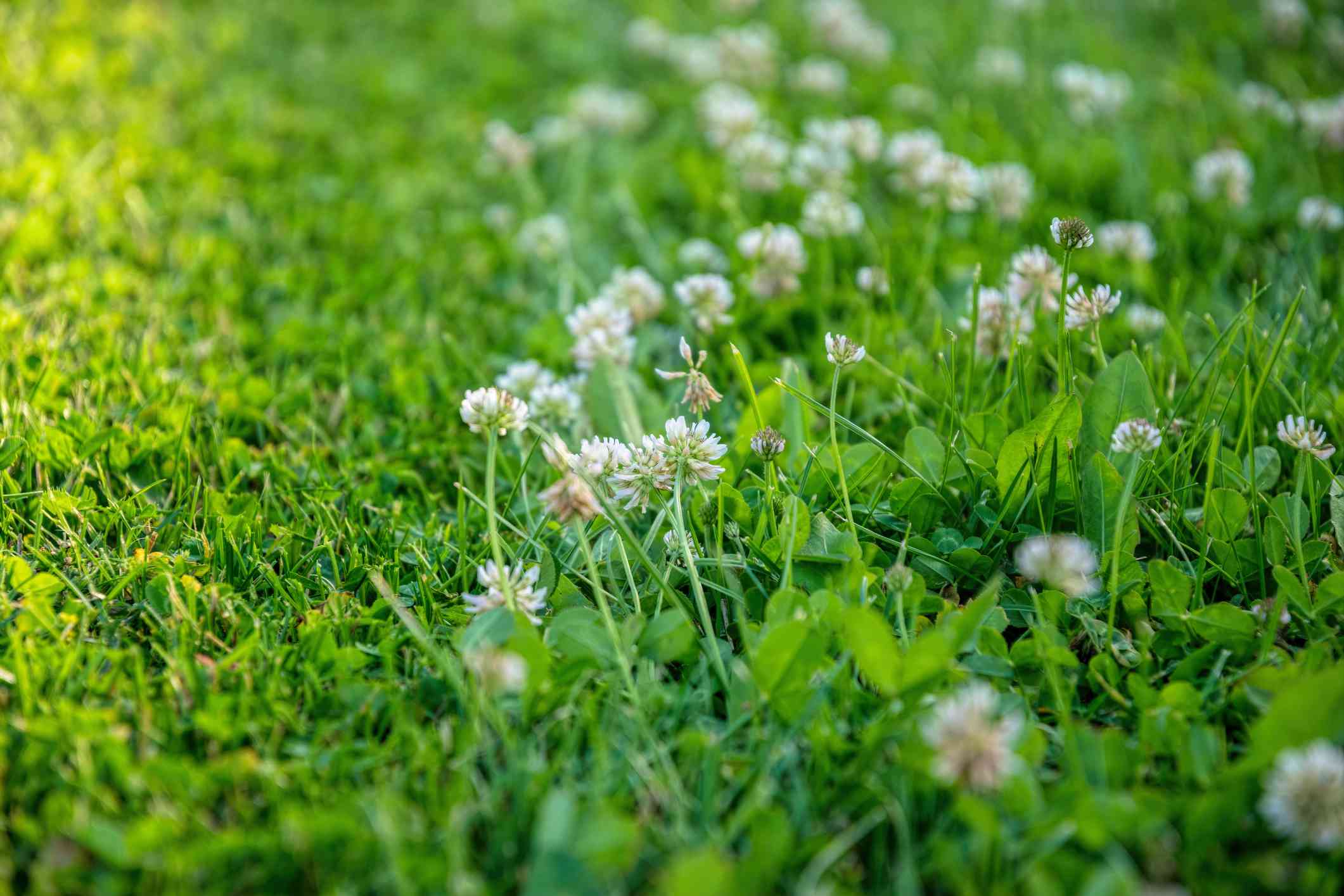



0 thoughts on “How To Thin Out Grass”